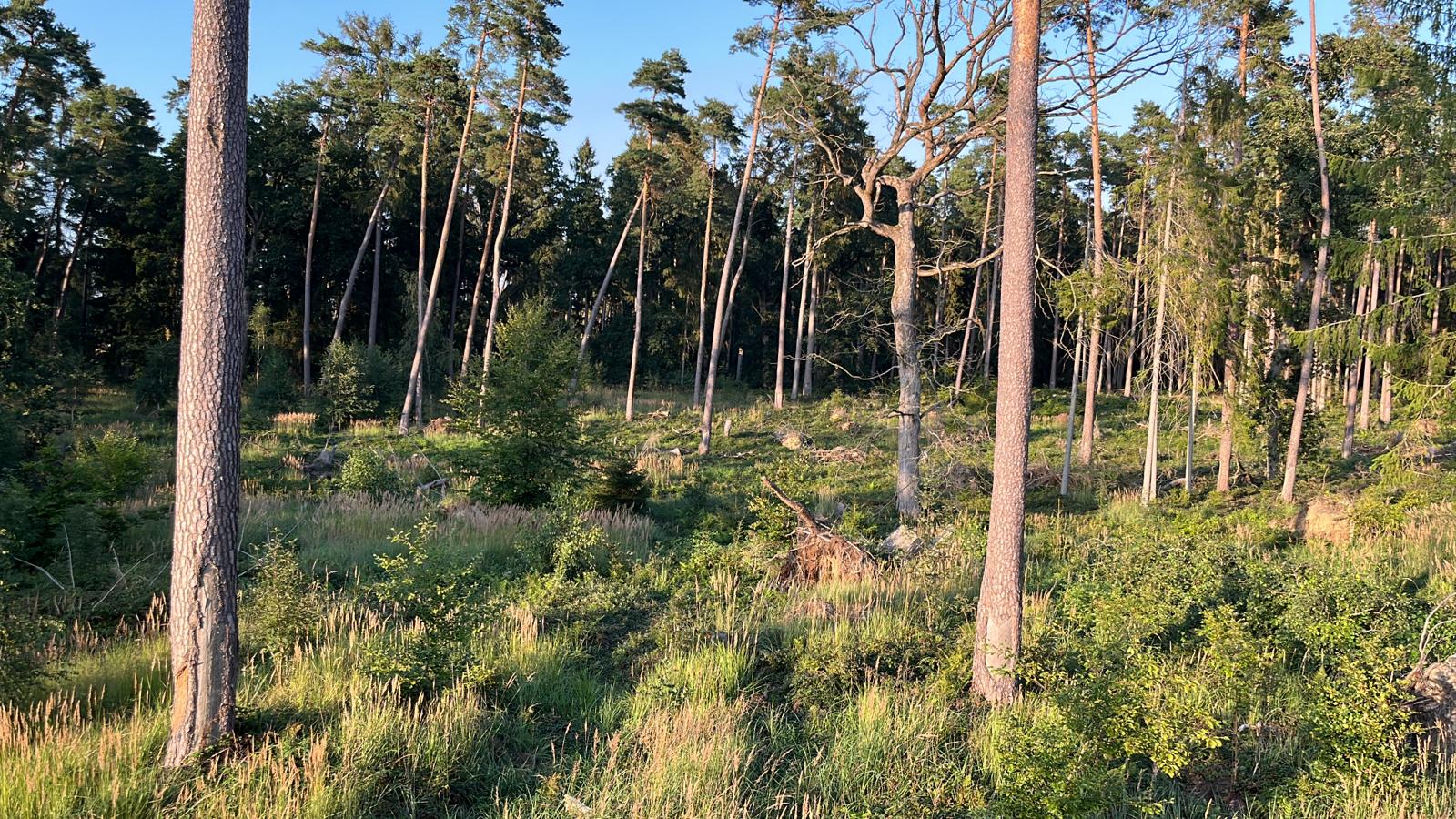Basedow reforestation project
Life Terra has planted a mix of climate-resilient trees around the municipality's area of Basedow, Germany. The project follows the principles of Closer-to-Nature Forest Management (naturgemäße Forstwirtschaft), a holistic approach that prioritizes ecological stability as the foundation for economic viability and sustainable forest growth.
Amid rising temperatures and decreasing precipitation, the need for climate-resilient forests is more urgent than ever. In response, this project embarked on two phases of tree planting during the spring seasons of 2022 and 2023, introducing a mix of young saplings into forest stands affected by calamities such as drought and insect infestations.
Adopt trees to contribute to this project
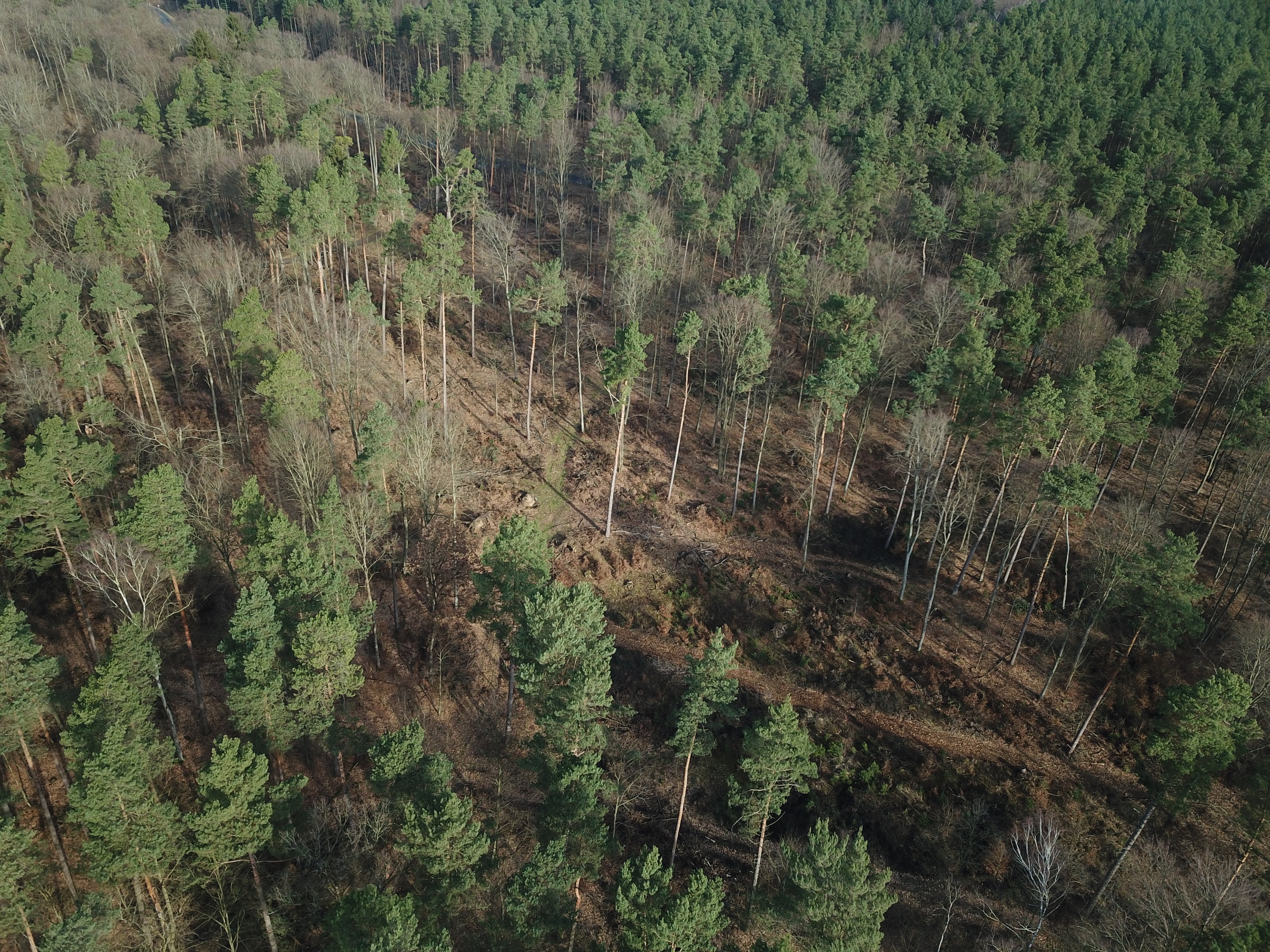
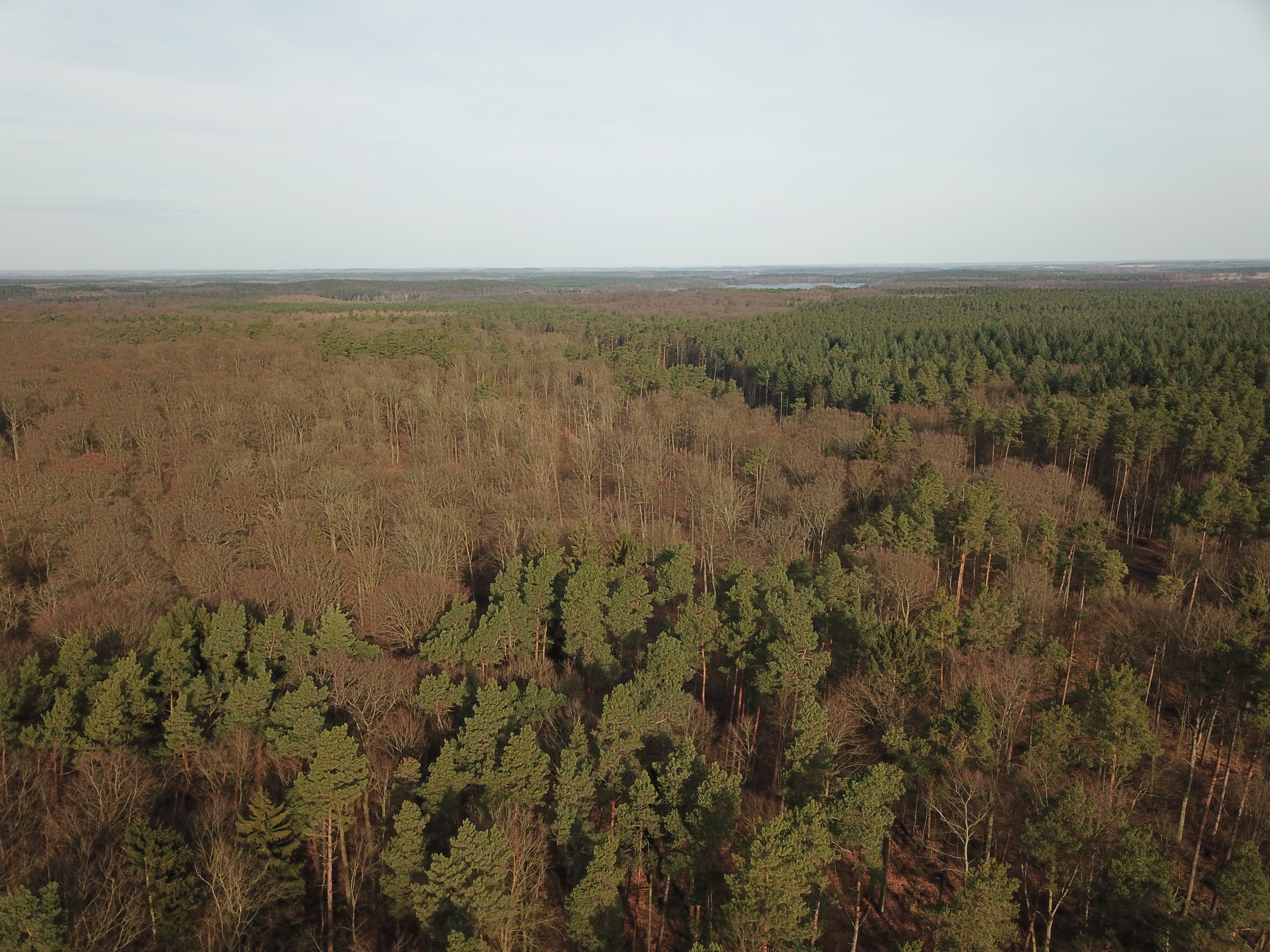
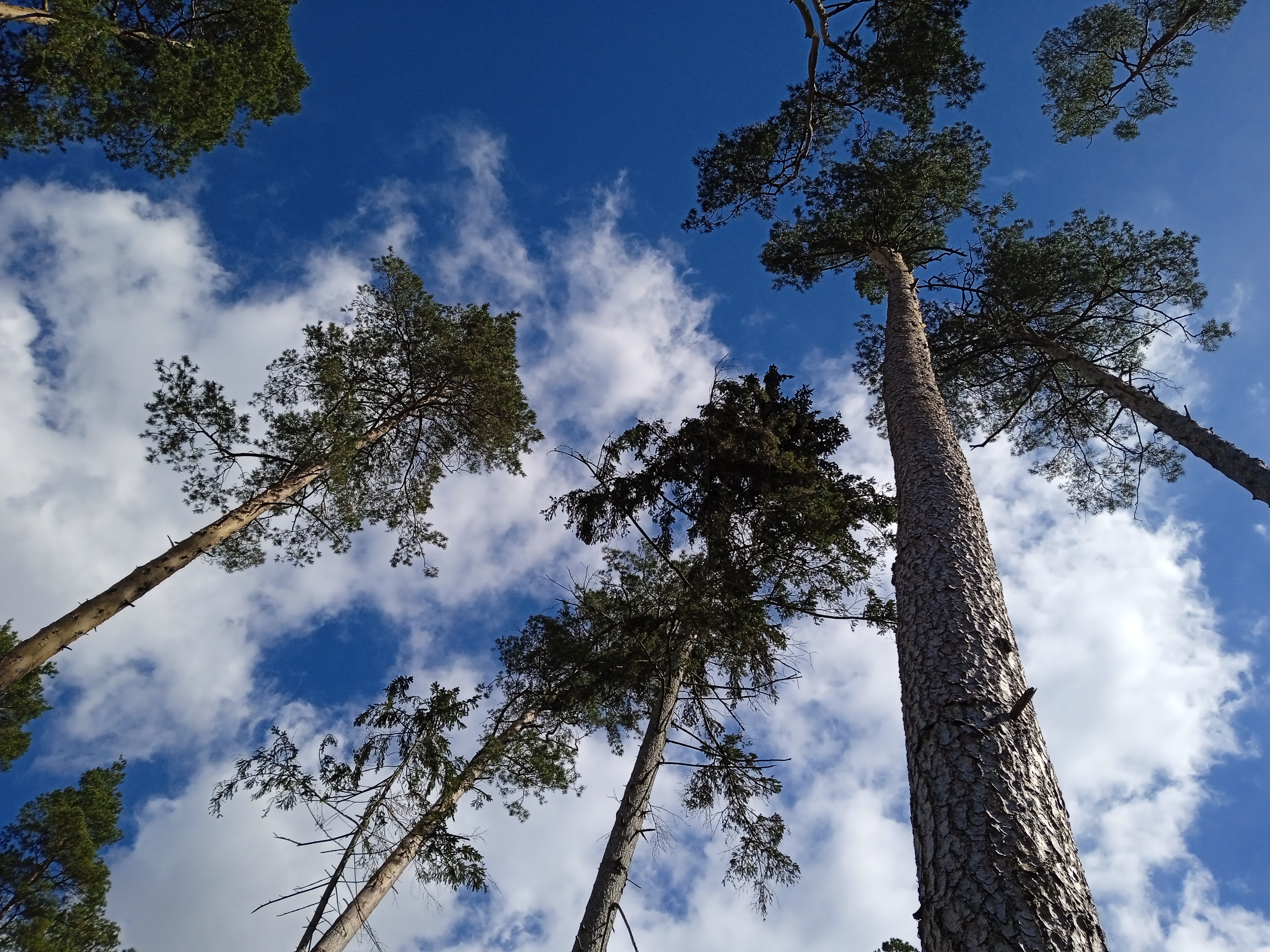
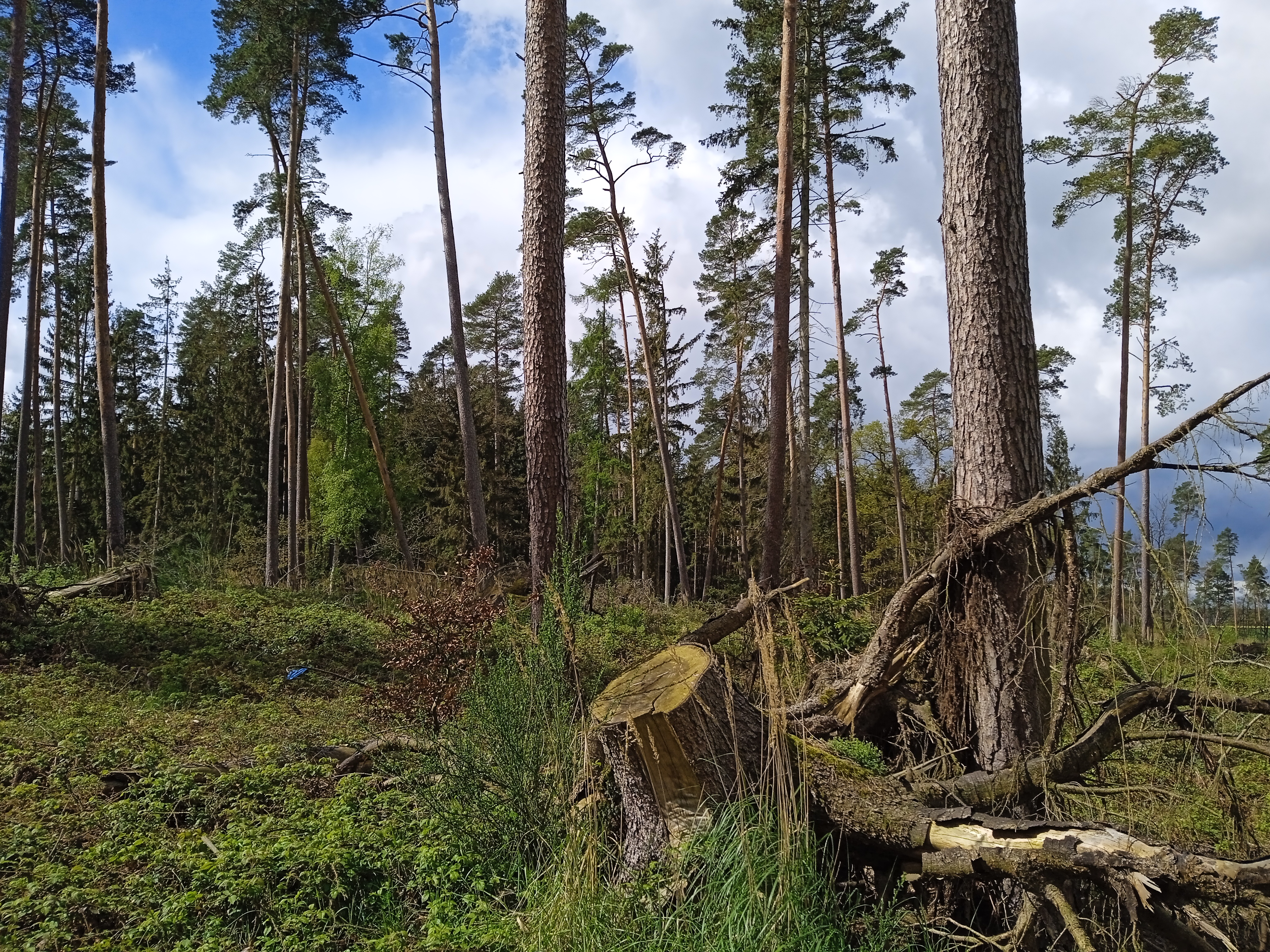
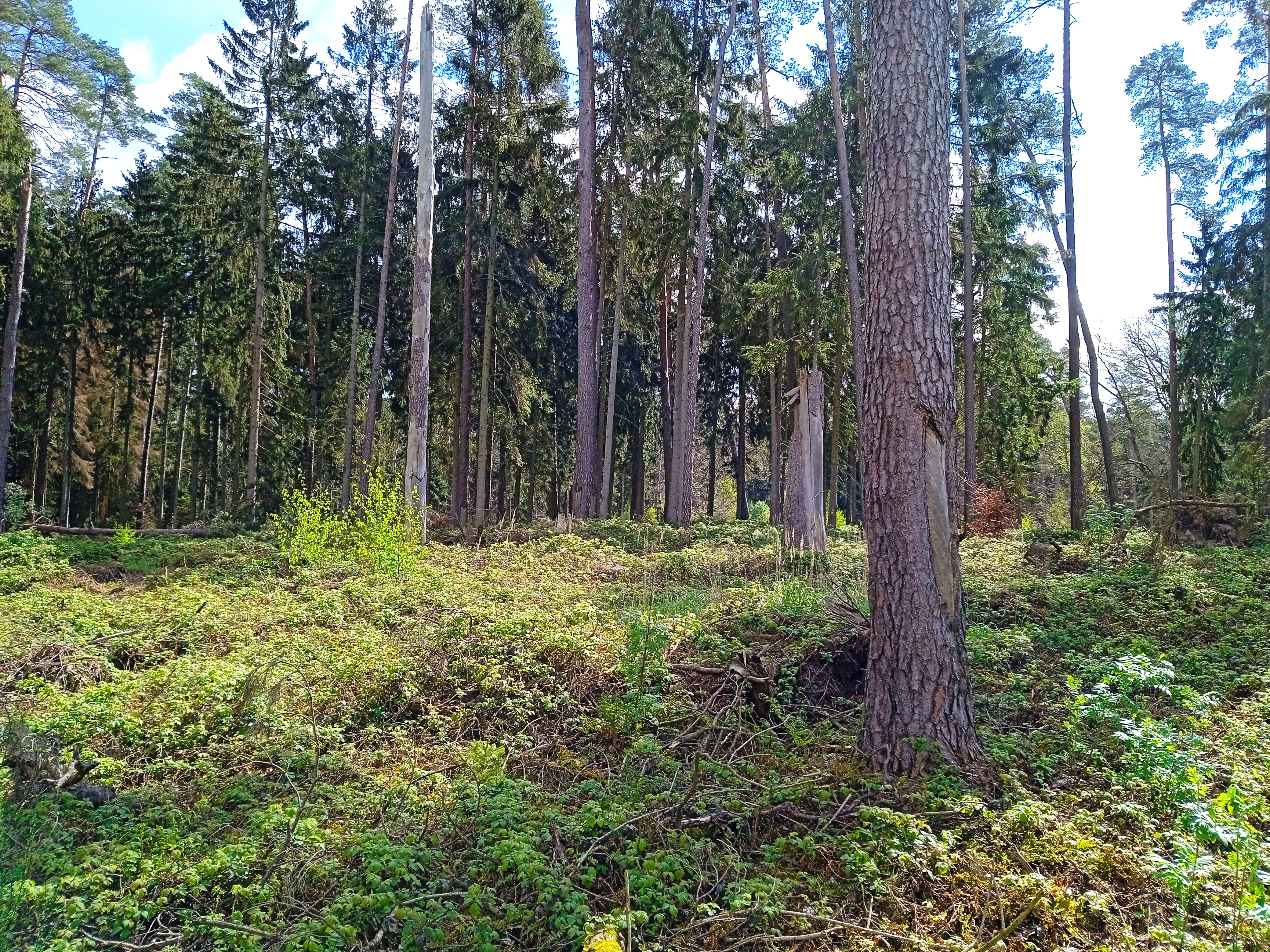
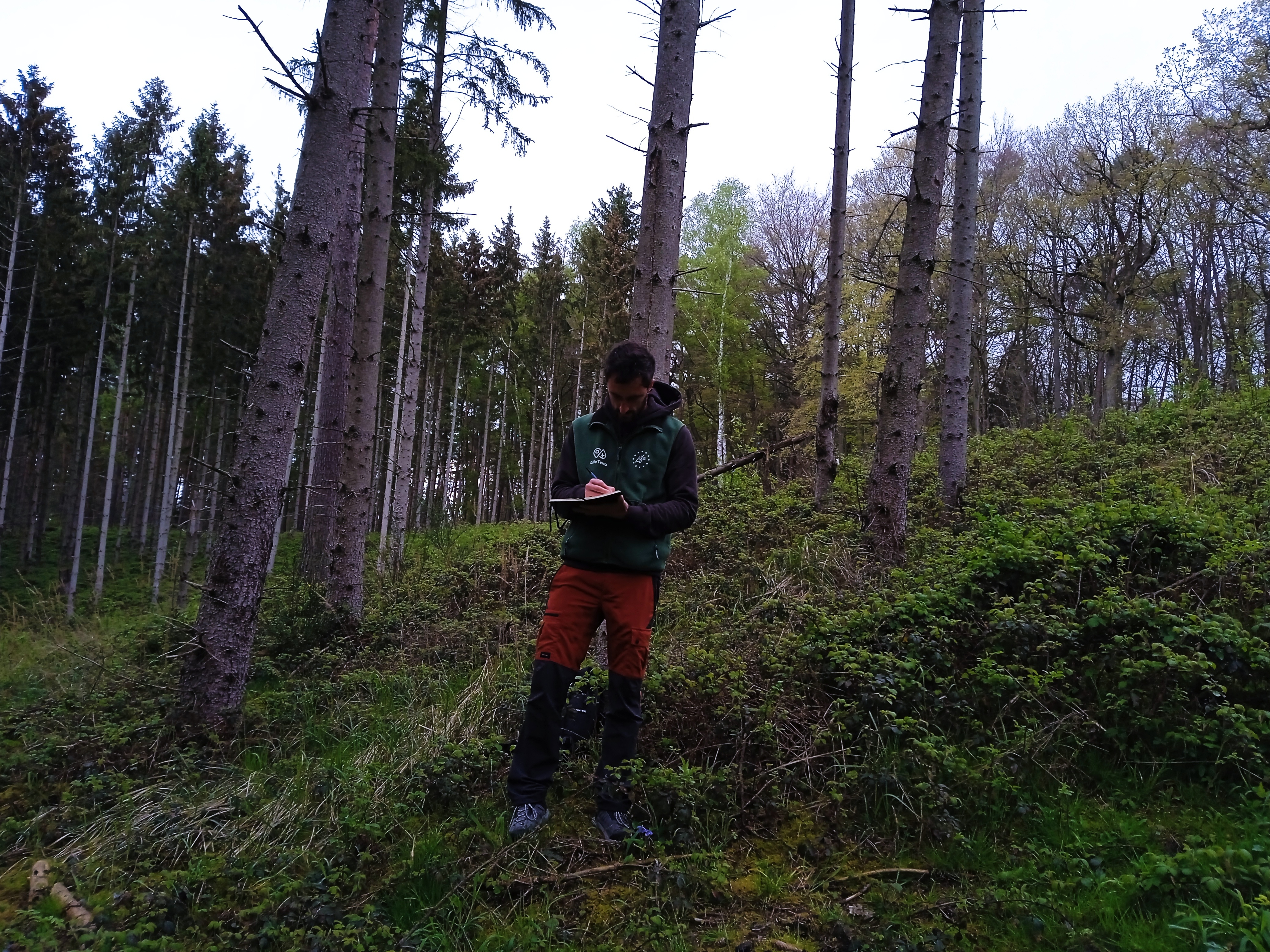
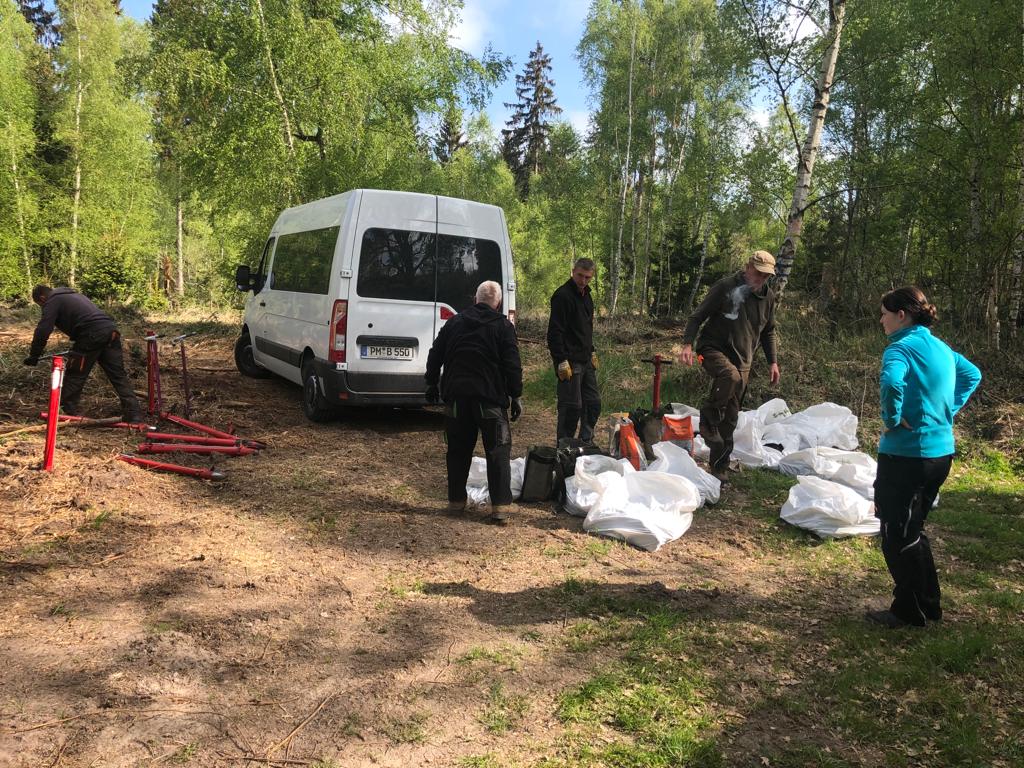
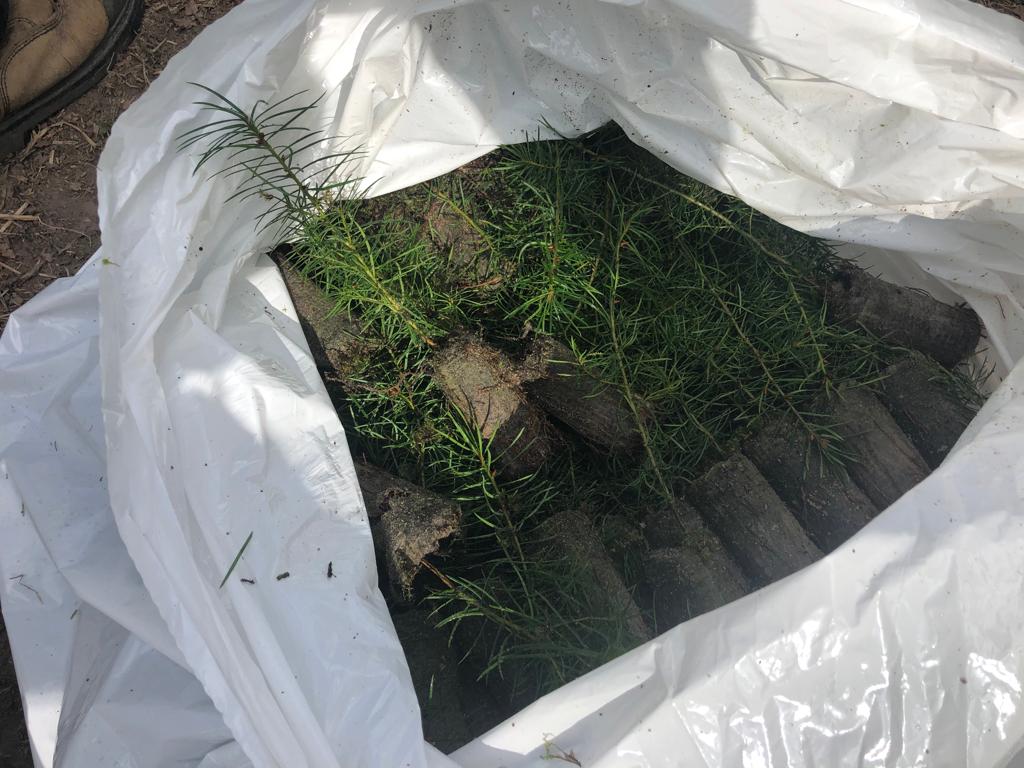
Plot information
The restoration is taking place in medium-fresh soils, in the heart of Germany’s Mecklenburg-Western Pomerania region. The soil retains moderate moisture and is suitable for various species. Our selection of planted species focuses on an outlook of a more extreme climate and thus on resilient species capable of thriving under such conditions. A combination of low rainfall and increasing heat creates severe hydric stress in the forests, a challenge that is expected to intensify in the coming decades. To address this, our reforestation efforts are designed to build resilience for the future, ensuring long-term ecological stability in the face of climate change. The restructuring of the forest is intended to create multi-layered forests with different tree species and age groups.
Tree species selection
The project's target outcome is a mixed forest that includes all the natural regeneration from native species like oak, beech, birch, hornbeam, maple, spruce, and pine. It focuses heavily on introducing drought-tolerant species, which are crucial to ensuring the long-term viability of the forest. Expected mixtures of around 30 different tree species ensure biodiversity and ecosystem resilience.
Reforestation methods
Some subplots around Basedow show severe storm calamities and damage from pests. They are rather bare areas that need an overall rebuilding of the forest.
On the other hand, most of the project is about working with subplots that still have intact tree stands. We decided to strengthen these areas with our plantings, making them resilient forests that can better withstand the effects of climate change.
Why leave them vulnerable and wait until a disaster hits? With our employed method of gradual forest conversion (in German: “Waldumbau”), we aim to avoid the extreme damages that cause clear-cut areas. This promotes the natural dynamics of the forest, increases biodiversity and improves the ability to adapt to climate change
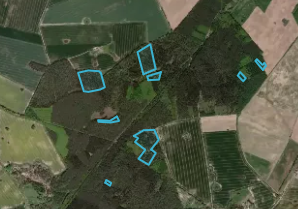

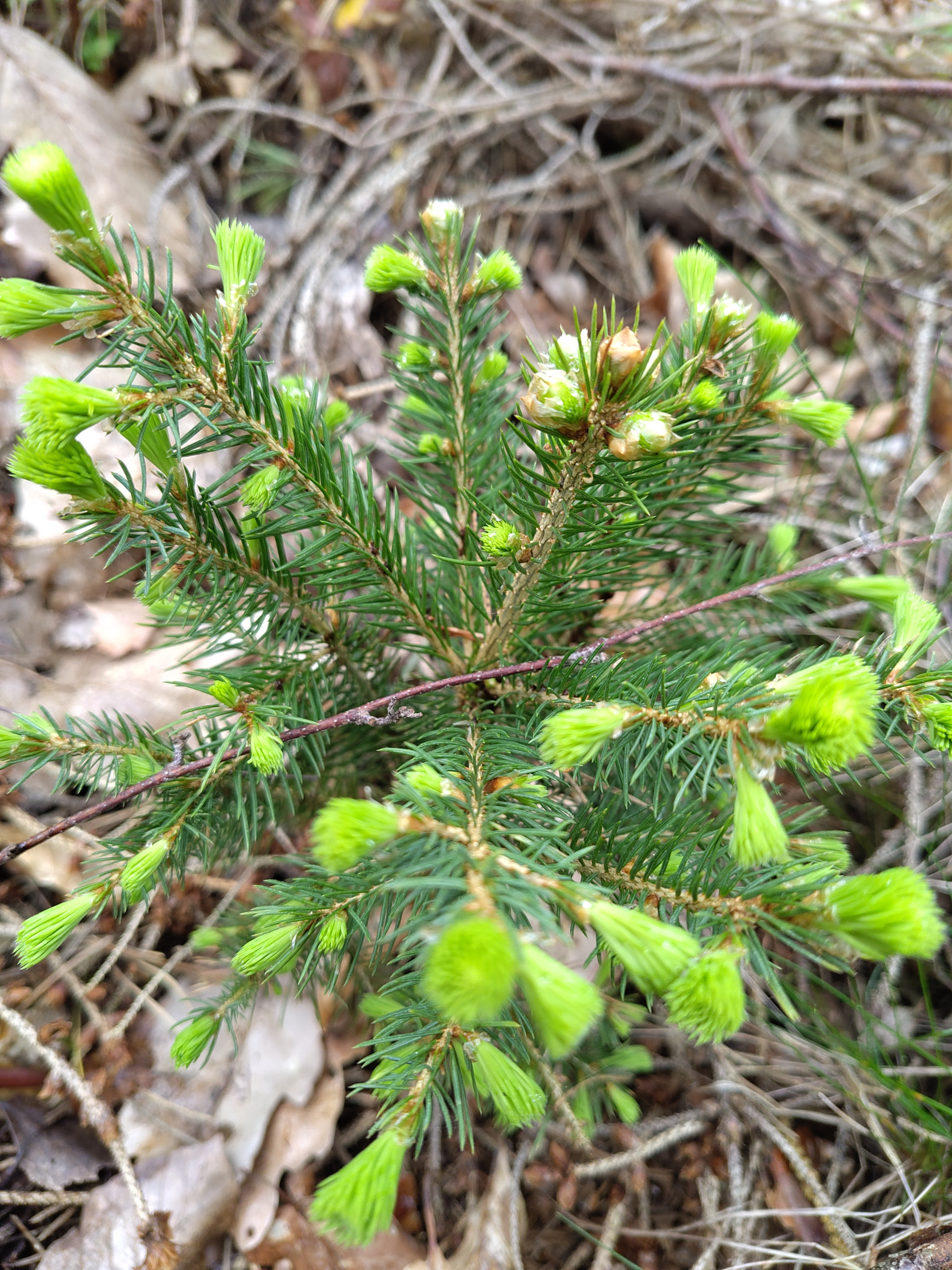
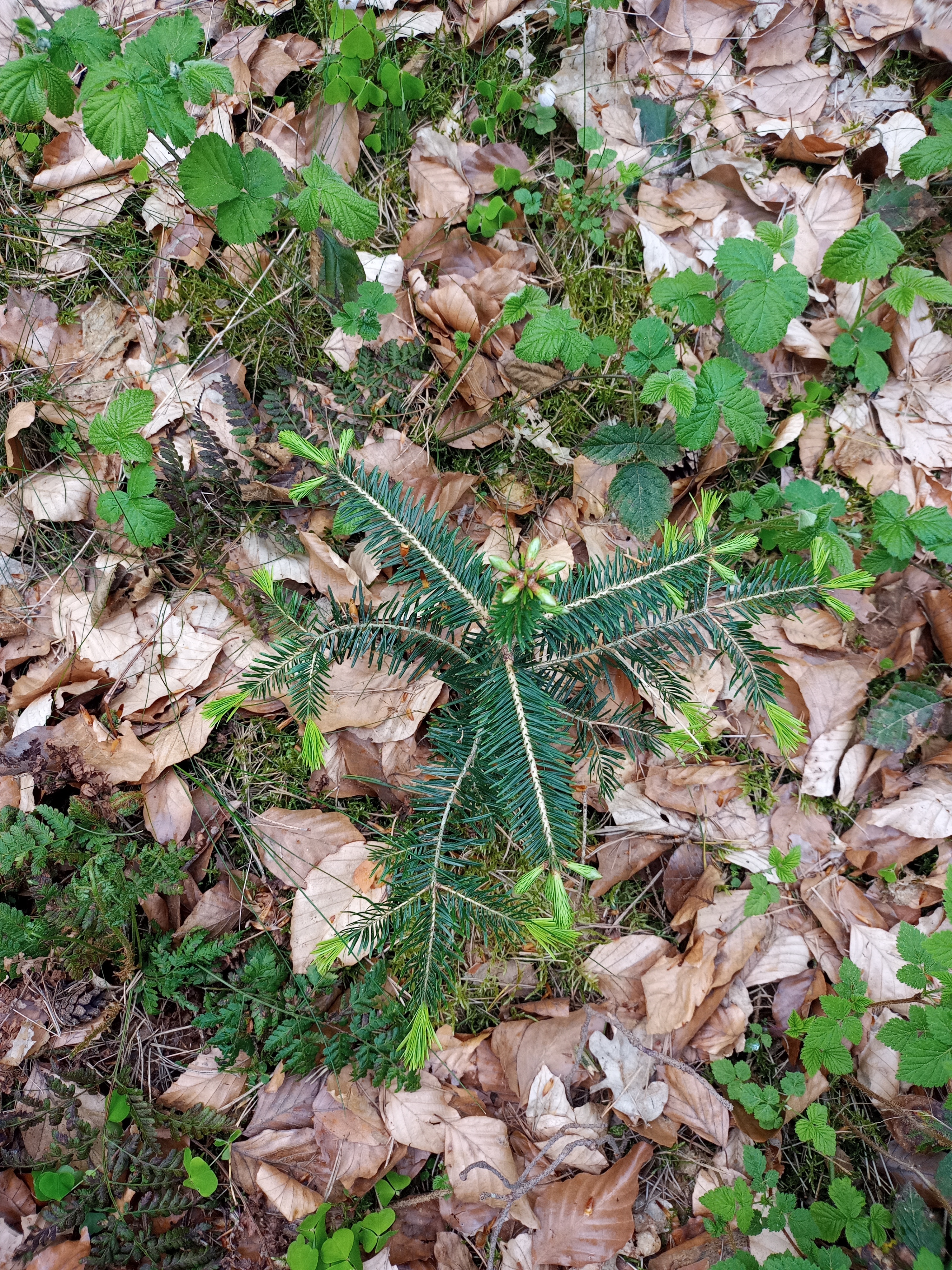
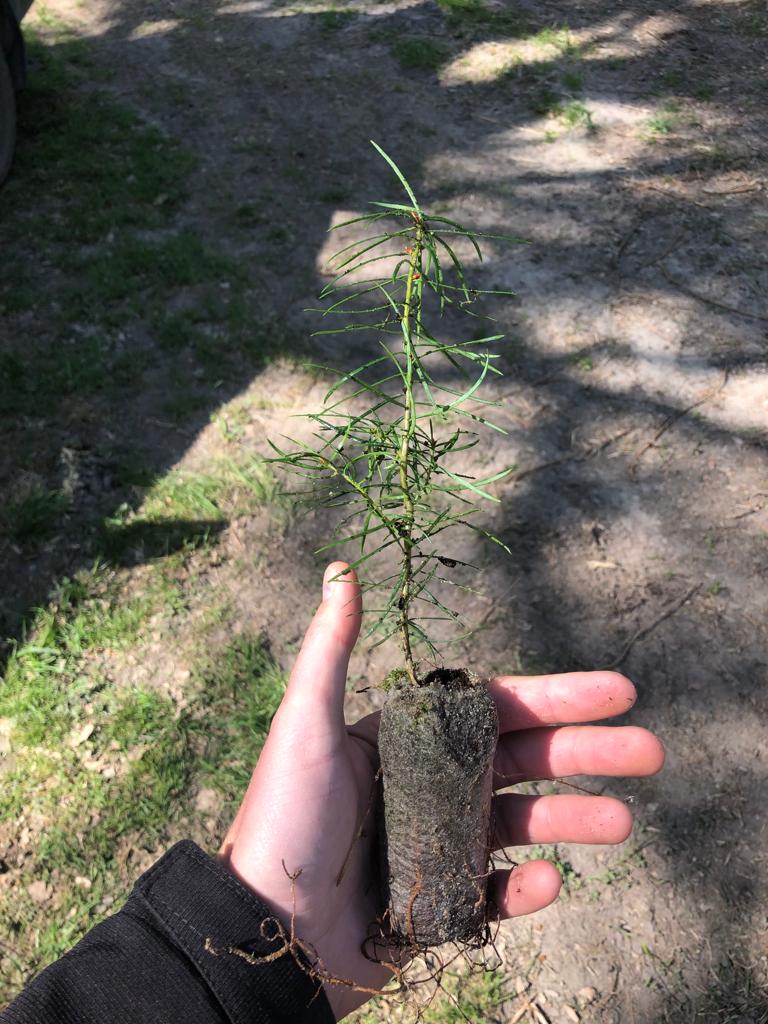
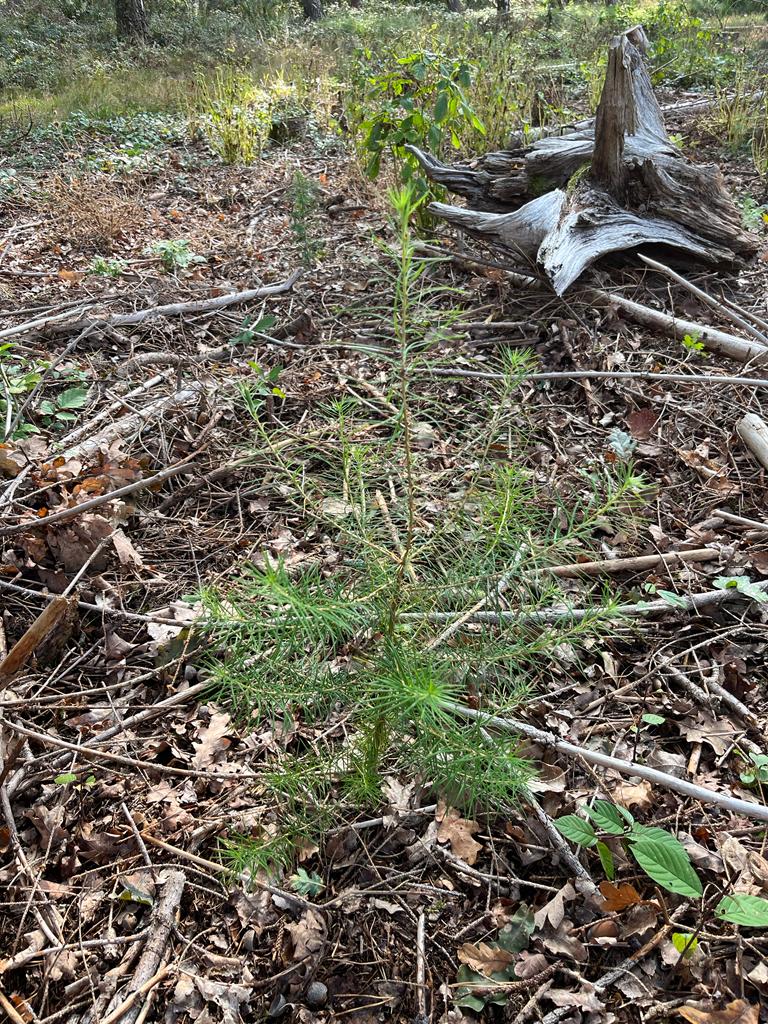
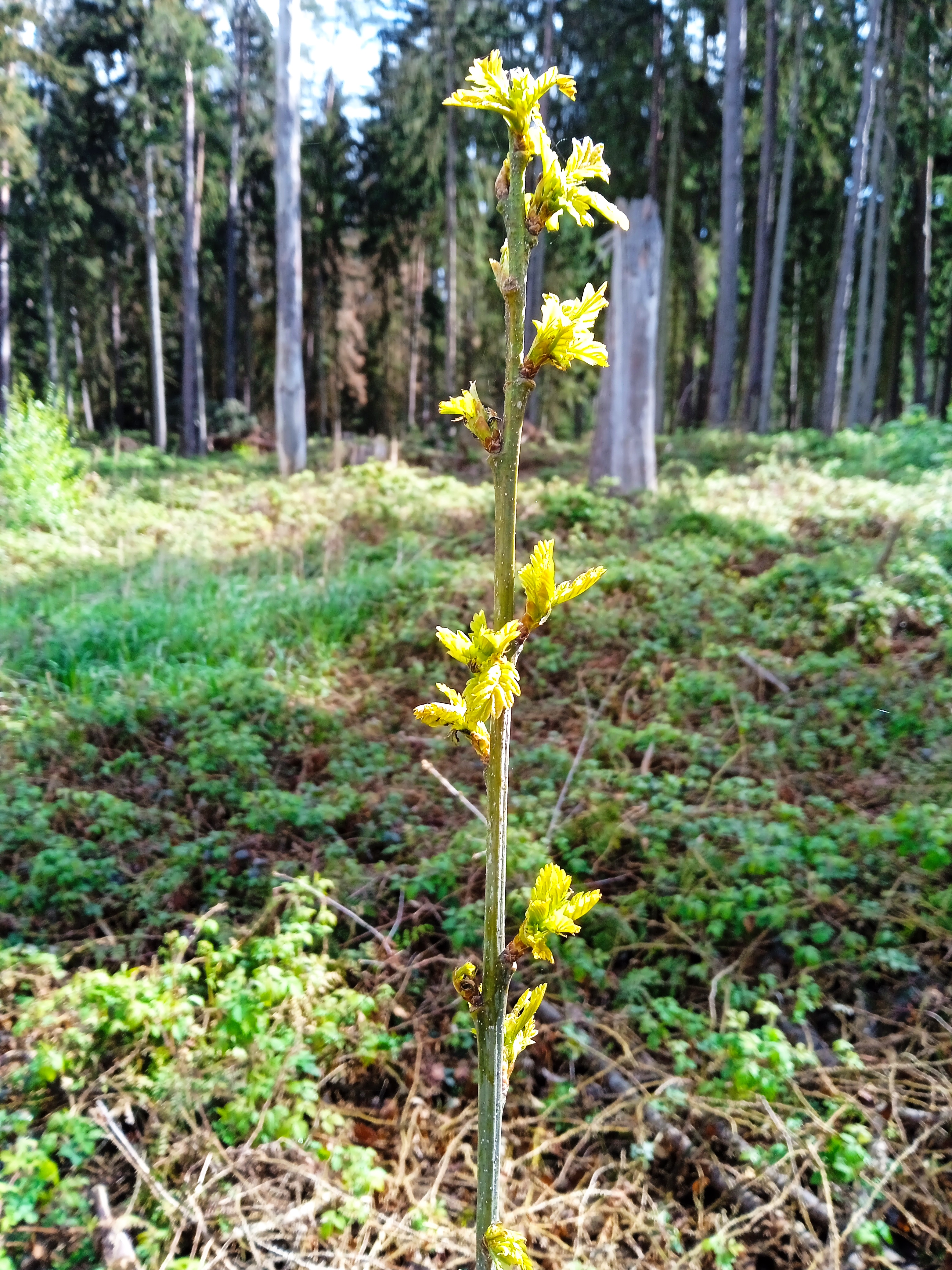
Adopt trees to contribute to this project
